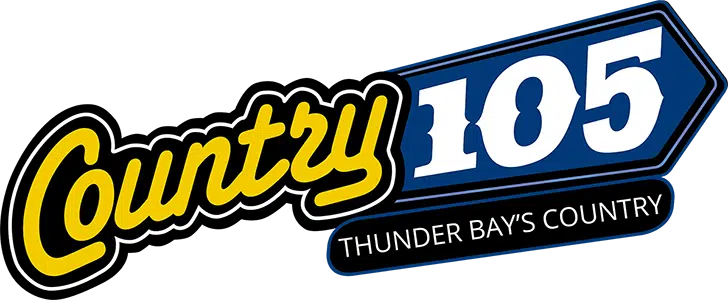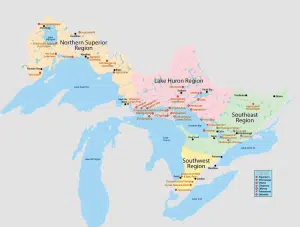
Anishinabek Nation Grand Council Chief Reg Niganobe - Photo by Ryan Peplinskie
The first week of November marks ‘Treaties Recognition Week’ which serves as a way to honour the documents and their importance as well as to teach residents more about treaty rights and relationships. Reg Niganobe is the Grand Council Chief for the Anishinabek Nation he says he enjoys bringing Treaty Recognition Week to students in schools as there are many facets of treaties that books don’t touch on.
“It’s not just limited to just land and resources, sometimes it is expanded into treaties with other First Nations, and also treaties with our relations.”
Those relations he says include the spiritual kind with the moose and other animals to not overharvest them.
“Teachers lack the materials to be able to teach a lot of this information, a lot of this history. We’re more than happy to bring that into the classrooms.”
Prior to the school year, Ontario’s Ministry of Education removed a lot of Indigenous content from the curriculum, which goes beyond just the treaties according to Niganobe, including science, technology, math and engineering. “Anything along those lines was removed from the curriculum, along with a lot of the other learning opportunities for Indigenous history or education or anything along those lines. Although they (the Ministry) may maintain that they are in there, they are not a requirement.”
Treaties Recognition Week came as a result of the Truth and Reconciliation Commission and was implemented by the Trudeau government.
Niganobe says sometimes when people think about treaties they often think of older documents that are more than 100 years old, which in some cases is true, but there are even modern treaties, some still being negotiated to this day.
“There are some modern treaties being negotiated within the Anishinabek Nation for certain First Nations, we are 39 First Nations altogether, covering a good swath of Ontario.”
That swath includes communities in the Thunder Bay area including the Fort William First Nation and the Red Rock Indian Band near Nipigon.




